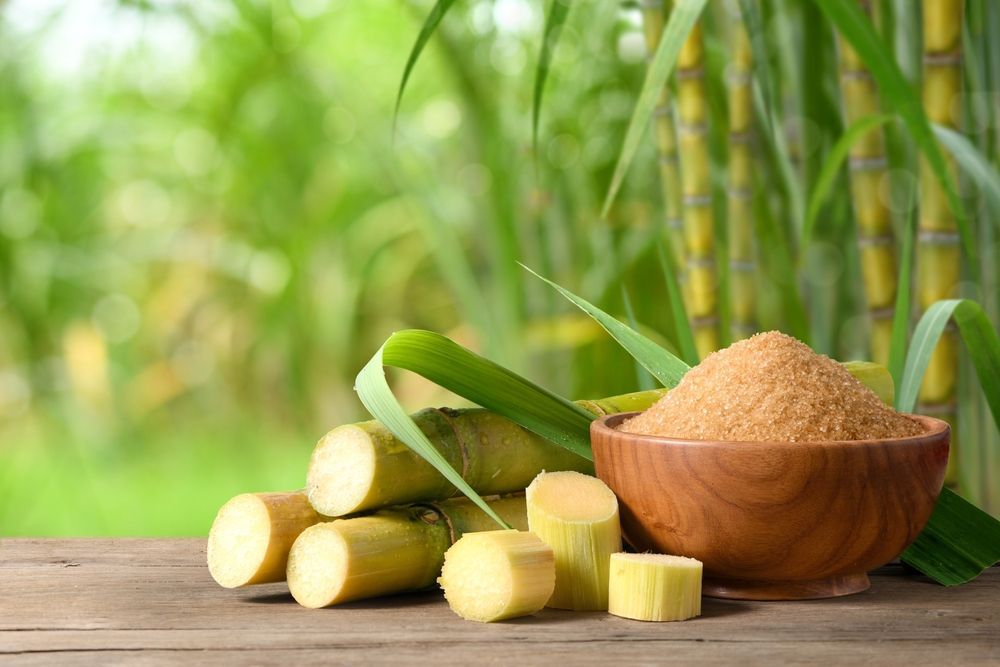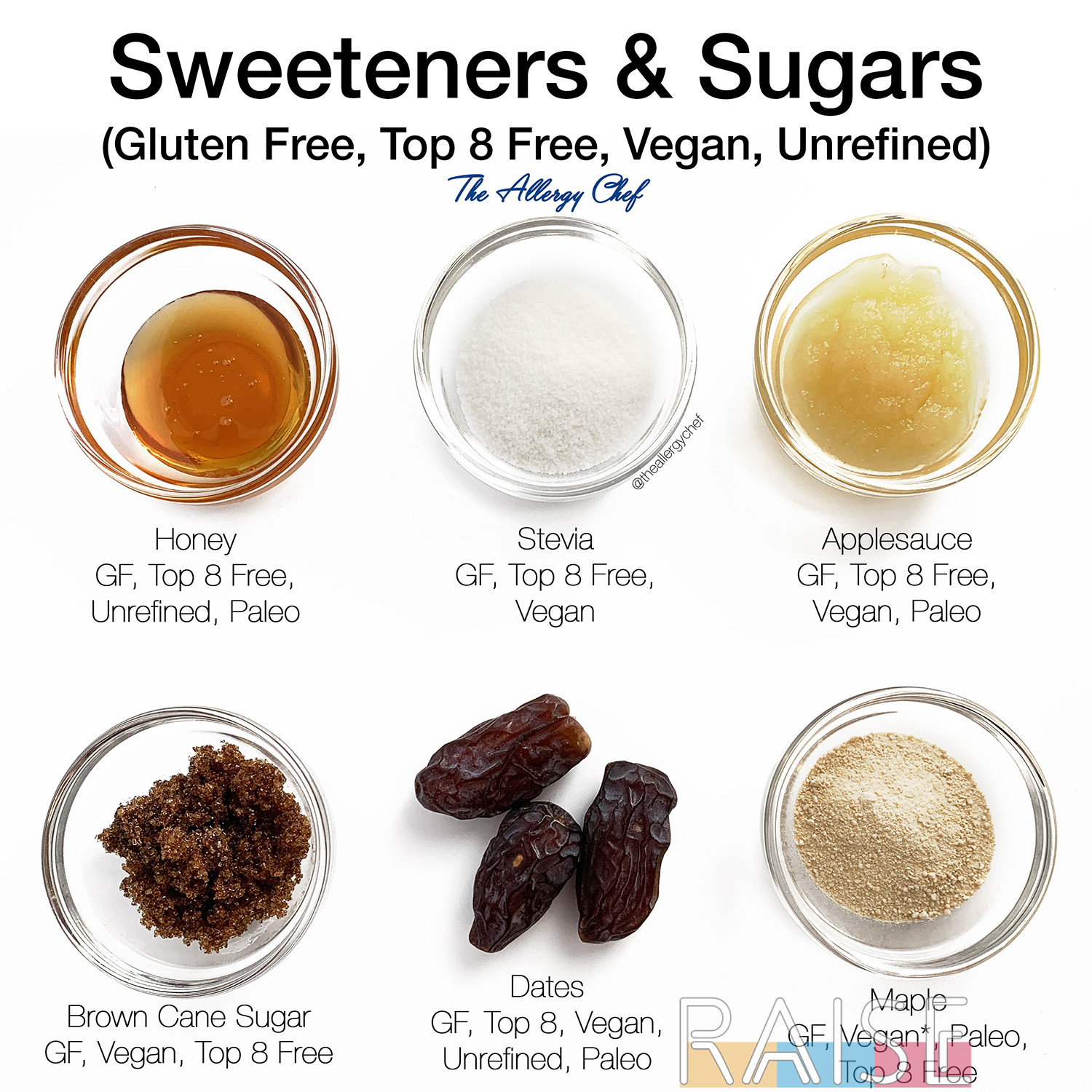Beet Sugar vs Cane Sugar: Which Is Better for Plant-Based Lifestyles?
The Ultimate Comparison: Beet Sugar vs. Cane Sugar Explained
The comparison between beet sugar and cane sugar presents an interesting exploration of 2 primary sweeteners in the culinary globe. While both sugars share an usual composition of sucrose, their origins, refining approaches, and taste accounts split substantially. This distinction prolongs past taste, influencing environmental impacts and dietary facets linked with their production - beet sugar vs cane sugar. As we navigate with these different variables, the implications for both consumers and producers come to be significantly obvious, increasing an important concern: which sugar really reigns supreme in the complicated landscape of sweetness?
Origins of Sugar Sources
The origins of sugar sources are primarily rooted in two distinct plants: the sugar beet and the sugar cane. Sugar cane, a tropical grass indigenous to Southeast Asia, has been grown for over 2,500 years. Historically, it was very first trained in New Guinea and later on spread out to India, where it came to be an indispensable component of the society and economy. The procedure of drawing out sugar from cane came to be well-established, bring about its prestige in profession throughout the Center Ages.
In contrast, sugar beet is a relatively contemporary source, developed in Europe throughout the late 18th century as a response to sugar cane lacks. The plant grows in temperate climates, making it appropriate for farming in areas such as France and Germany. The successful extraction of sugar from beetss marked a considerable agricultural advancement, as it offered a different to cane sugar, particularly throughout periods of profession interruption.
Both plants have actually played vital roles fit the international sugar industry. Their unique development settings and historical contexts illustrate the diversity of sugar resources, inevitably affecting regional agricultural methods and economic advancement.

Processing Techniques Explained
Different handling approaches are employed to extract sugar from both sugar beet and sugar cane, each customized to the certain attributes of the source material. In the case of sugar beetss, the process starts by collecting the origin and afterwards cleaning it to remove dirt and contaminations. The beetss are then cut right into thin strips, referred to as cossettes, and subjected to hot water extraction, which dissolves the sugar. The resulting juice undergoes information, where lime and warm are utilized to remove contaminations. This juice is after that concentrated via evaporation and crystallization, yielding raw sugar.
Conversely, sugar cane processing entails a various approach. The cleared up juice is focused via evaporation, comparable to beet sugar processing, before condensation takes place. Both procedures culminate in the production of raw sugar, which may undertake further refining to accomplish the wanted pureness and top quality.
Nutritional Differences

When contrasting beet sugar and cane sugar, significant dietary differences emerge, though they are frequently subtle. Both types of sugar are largely composed of sucrose, offering approximately the very same calorie material-- around 4 calories per gram. The distinctions exist in their trace mineral material and the existence of specific compounds that may have marginal dietary implications.
Beet sugar includes percentages of calcium, potassium, and iron, while cane sugar usually provides slightly greater concentrations of these minerals. Additionally, cane sugar may retain even more natural molasses during handling, which official site can add to trace quantities of anti-oxidants and other advantageous substances. This is especially true for much less refined varieties, such as raw cane sugar.
Despite these distinctions, both beet and cane sugars are mainly composed of straightforward carbohydrates, with a high glycemic index, leading to comparable effects on blood sugar level levels. Thus, while there are minor dietary distinctions, the total health and wellness effect of consuming either kind in moderation stays largely equal. beet sugar vs cane sugar. Individuals seeking to decrease sugar intake for health and wellness reasons must think about both types with equal analysis, concentrating on overall nutritional patterns instead of the source of sugar
Preference Accounts Contrasted
Taste profiles of beet sugar and cane sugar exhibit distinctive attributes that can influence their cooking applications. While both sugars are chemically similar, their taste subtleties can affect food and drink outcomes. Cane sugar, frequently viewed as having an extra complex, nuanced sweetness, is originated from the tall lawn of the sugar cane plant. This variety tends to give a subtle, fruity touch, boosting the tastes of baked goods and confections.
In address comparison, beet sugar, extracted from sugar beetss, is understood for its cleaner, more simple sweet taste. This quality makes it specifically appropriate for dishes requiring a neutral sweetening representative that allows various other tastes to shine. Some cooking experts argue that beet sugar might leave a somewhat natural aftertaste, which can be undesirable in delicate desserts.
Additionally, the assumption of sweet taste strength ranges the two, with some tasters identifying cane sugar as sweeter compared to beet sugar at equivalent measurements. Ultimately, the choice between beet and cane sugar may depend upon the particular application, with each sugar offering distinct characteristics that can enhance or complement numerous meals. Recognizing these distinctions permits notified choices in cooking practices.

Ecological Influence
The ecological impact of sugar production-- whether from beet or cane-- has actually gathered increasing interest in the last few years as a result of its effects for sustainability and eco-friendly wellness. Both sugar resources display distinct ecological footprints, affected by agricultural methods, land usage, and resource usage.
Cane sugar manufacturing typically requires large locations of tropical land, which can lead to logging and loss of biodiversity. Furthermore, the cultivation of sugarcane is often linked with high water usage and significant pesticide and plant food application, adding to dirt degradation and water contamination.
On the other hand, beet sugar is predominantly expanded in warm regions, typically requiring less water and land. Its farming can still involve the use of chemical inputs, impacting regional ecological communities. The energy-intensive processing of beet sugar This Site can contribute to greenhouse gas discharges.
Sustainable farming methods and advancements in modern technology are necessary for mitigating the ecological impacts of sugar manufacturing. Organic farming approaches, integrated pest management, and efficient water usage can enhance the sustainability of both beet and cane sugar industries, ultimately causing a reduced ecological footprint and a healthier planet.
Final Thought
In recap, the comparison in between beet sugar and cane sugar highlights both resemblances and differences that influence their application. While both types of sugar share a key structure of sucrose, their flavor accounts, processing methods, and ecological effects vary dramatically. Cane sugar is identified by its complex sweetness, while beet sugar presents a more uncomplicated preference. Ultimately, the selection between these 2 sugars ought to be guided by certain culinary demands and environmental factors to consider, enabling educated decision-making.
The origins of sugar sources are mainly rooted in two distinct plants: the sugar beet and the sugar cane.Numerous handling methods are utilized to remove sugar from both sugar beet and sugar cane, each tailored to the specific characteristics of the resource product.Beet sugar has small amounts of potassium, iron, and calcium, while cane sugar typically offers somewhat greater focus of these minerals.Despite these distinctions, both beet and cane sugars are predominantly composed of straightforward carbohydrates, with a high glycemic index, leading to comparable effects on blood sugar levels. Cane sugar, often viewed as having a more complicated, nuanced sweet taste, is acquired from the tall lawn of the sugar cane plant.